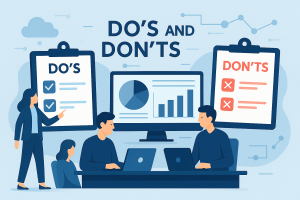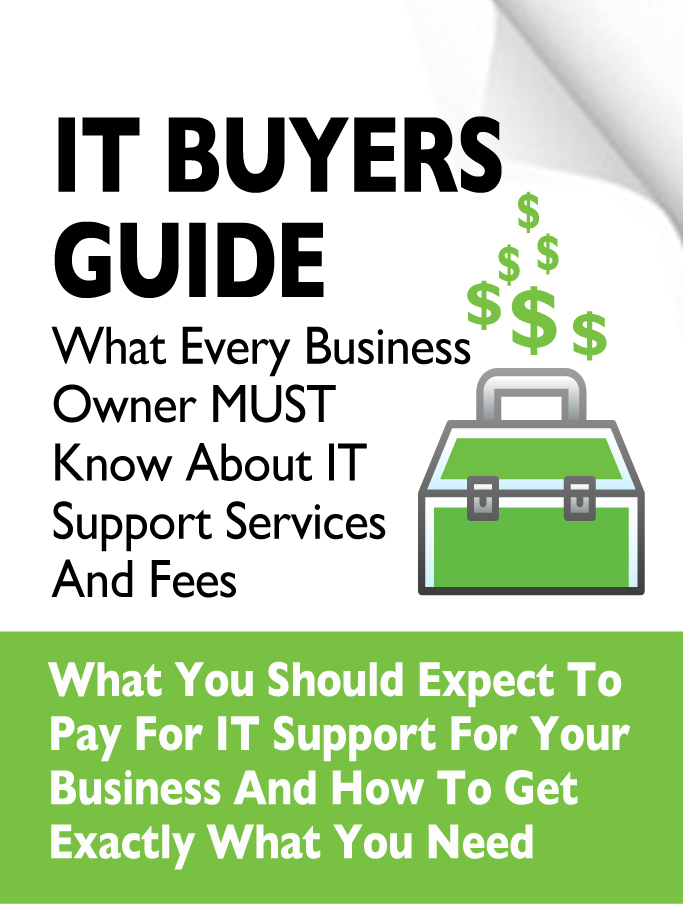 When was the last time your team created an IT budget, not just a list of IT costs from last year?
When was the last time your team created an IT budget, not just a list of IT costs from last year?
For many small to medium-sized businesses (SMBs), IT expenses are often reactive. A server goes down, a cybersecurity threat pops up, software renewals surprise your accountant. Suddenly your "budget" is more of a patchwork of past decisions than a strategic tool.
That is why building a proactive IT budget or IT forecast is essential not just for controlling costs, but for keeping your business competitive, secure, and future-ready.
In this post, we will cover:
- Why IT budgeting matters for SMBs
- The most common mistakes to avoid
- Best practices for smarter IT budgeting
- How working with an IT services partner can make your process easier
Why Does IT Budgeting Matter for SMBs?
An effective IT budget:
- Aligns your technology spend with business goals
- Helps prevent costly surprises and emergency fixes
- Improves cash flow management
- Supports cybersecurity readiness and compliance
- Enables smoother IT services planning (updates, upgrades, migrations)
- Provides a framework for evaluating ROI on new tools
In today’s fast-changing tech landscape, IT budgeting is not optional. It is how you plan for resilience, growth, and innovation.
The Don’ts of IT Budgeting
❌ Don’t “set it and forget it”
A static budget built on last year’s expenses won’t reflect emerging risks, new business needs, or evolving tech.
❌ Don’t ignore hidden costs
Licensing, user training, hardware maintenance, cloud storage fees. Overlooking these will skew your projections.
❌ Don’t separate IT from business strategy
IT is not just “support.” It is a driver for efficiency, security, and competitive edge. Align your IT plan with your business growth roadmap.
❌ Do not neglect cybersecurity investments
The cost of a breach can dwarf the budget for prevention. Build cybersecurity line items into your core IT services budget.
The Do’s of IT Budgeting
✅ Do engage leadership and key stakeholders
Involve department heads to understand operational needs and upcoming projects that rely on IT.
✅ Do include ongoing and one-time costs
Account for both recurring subscriptions (SaaS, cloud, managed services) and larger projects (hardware refresh, migrations).
✅ Do plan for flexibility
Budgeting is not a crystal ball. Build in contingency for urgent needs and emerging technologies.
✅ Do prioritize risk management
Invest in managed IT services, endpoint protection, data backups, and compliance readiness as part of your core budget.
✅ Do revisit and adjust quarterly
Your IT budget should evolve with your business and the threat landscape. Set checkpoints, not just an annual review.
Why Work with an IT Services Partner?
An experienced IT services provider can:
- Help you identify real-world needs and hidden risks
- Provide accurate forecasting for complex services
- Offer guidance on when to refresh vs. upgrade
- Recommend cost-saving opportunities (licensing bundles, cloud optimization)
- Deliver ongoing visibility through reporting and metrics
TSR Solutions regularly helps SMBs build actionable, transparent IT budgets that protect the bottom line and position the business for sustainable growth.
Ready to Take Control of Your IT Budget?
If your business is growing or your tech feels like it’s running on duct tape it is time to start budgeting proactively.
Let’s sit down and build an IT plan that matches your goals.
Reach out to us for expert guidance on IT budgeting, forecasting, and full-service IT support.



